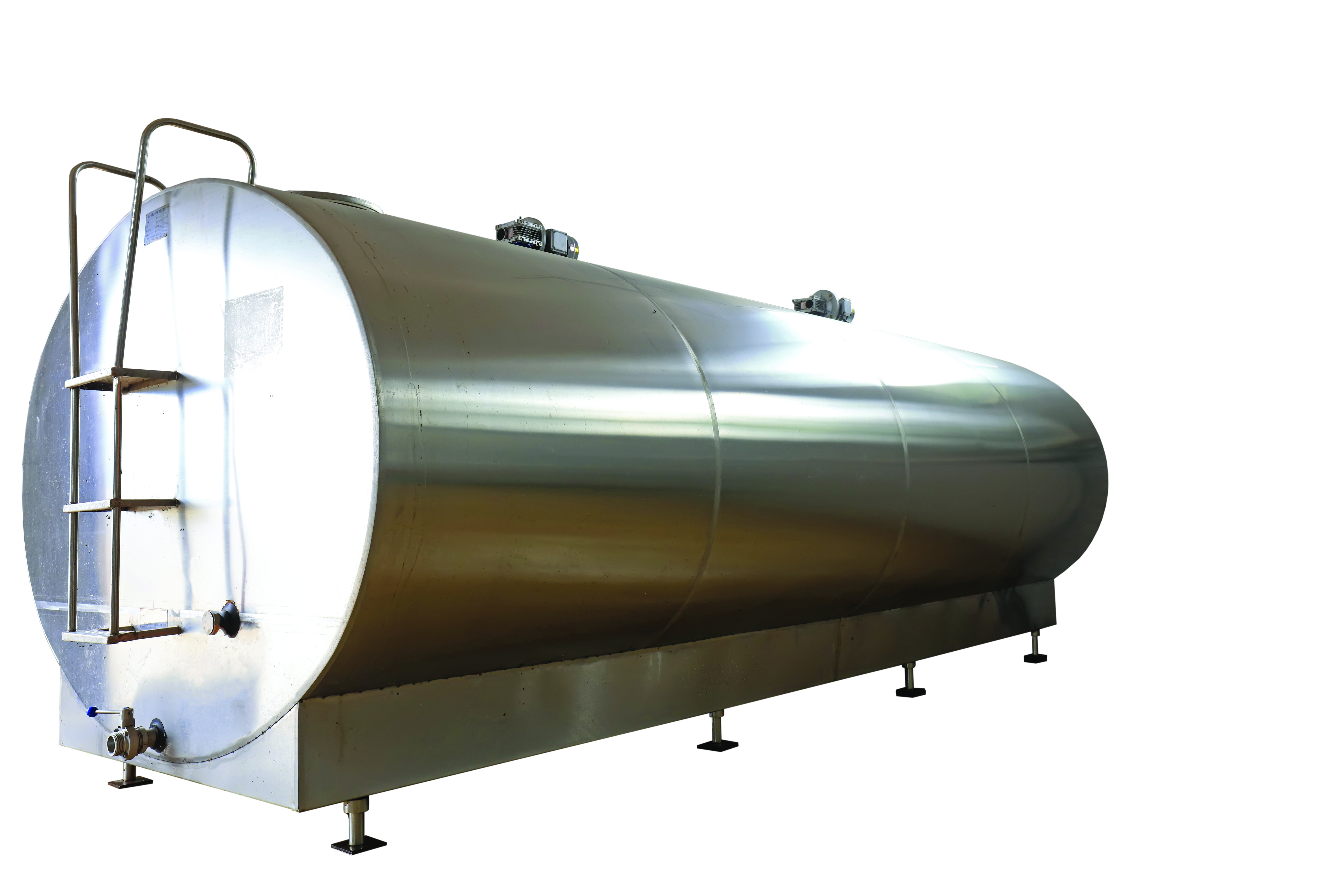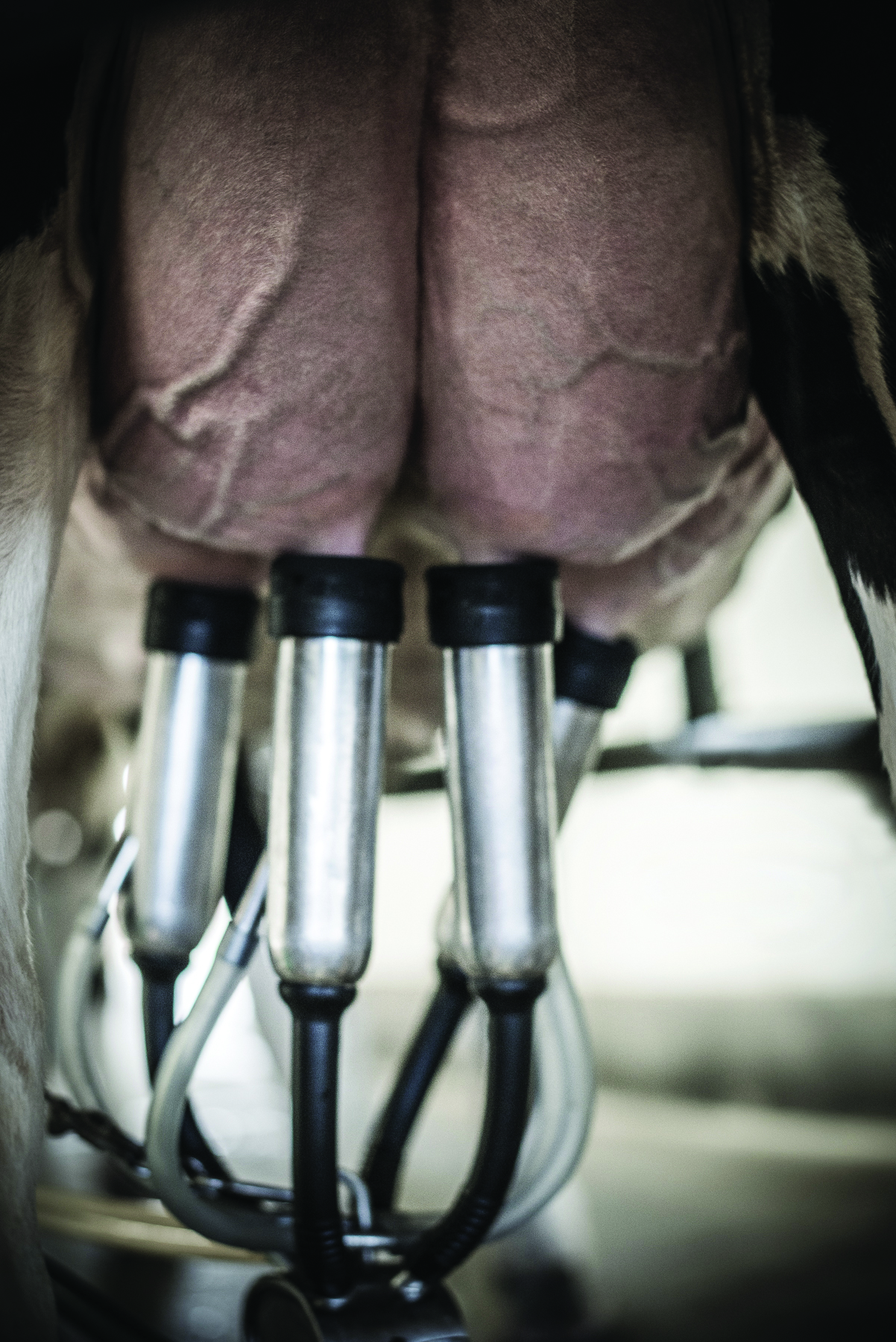
By: Mike Lormore, DVM, MS, MBA, Director Cattle Technical Services, Zoetis
To help you do just that, Zoetis and Compeer Financial analyzed 14 years of herd data from 702 year-end financial and production record summaries,1 resulting in 10 factors that drive profitability on a dairy. Management of these factors will have the biggest impact on your bottom line.
The study identified that one driver of net farm income is the impact of bulk tank somatic cell count (BTSCC), as it is an indicator of overall performance, management and animal husbandry. Elevated BTSCC was associated with lower milk production, reduced pregnancy rates and greater death losses, according to the study.
Somatic Cell Count (SCC) touches nearly every part of your dairy. Its wide-ranging impact on your operation means lowering BTSCC provides an excellent opportunity to increase profit.

The low-SCC profit opportunity
The best performing one-third of herds in our study had a BTSCC average of 125,000 cells/mL. Meanwhile, the bottom-third of herds had a BTSCC average of 269,000 cells/mL. This difference in SCC was associated with an 11-pound difference in milk per cow per day, and a $0.64/cwt difference in net farm income per cwt.1
While there doesn’t seem to be much difference between the SCC averages of top- and bottom-performing herds, there were large differences in productivity and profitability. In the study, 6.1 pounds per cow per day was lost with every 100,000-cell increase in BTSCC.
Knowing this, the long-term impact of somatic cell counts at the accepted standard of 200,000 can be very expensive. Producers and their farm advisory teams must be challenging themselves to set a lower goal to reduce SCC to 150,000 or even 100,000.
Is 100,000 BTSCC even possible?
Based on the previously mentioned results, aggressively managing SCC to push levels below 200,000 can help drive profitability on your dairy. The key to keeping SCC levels in check is through a proactive and thorough monitoring program, preventing new infections in the dry period, and reducing your overall risk of mastitis.
3 Key Steps to Achieving 100,000 BTSCC
Without a management strategy that includes actively monitoring individual cow SCC and new infections, you are taking a financial risk. Make sure you know your levels and have protocols in place for identifying mastitis pathogens and treating them.
2. Prevent New Infections
Coliform intramammary infection rate is about four times greater during the dry period than during lactation.2 When going into the dry period, make sure your protocols are both tailored to clear up existing infections and prevent new ones. Implement a dry cow treatment program that includes a broad-spectrum tube, a proven internal teat sealant and vaccination against coliform infections.
3. Reduce Mastitis Risk
One way to lessen the financial impact of mastitis is to reduce the risk of it occurring in the first place. Genomic testing with CLARIFIDE® Plus can help you identify which animals are most likely to resist mastitis and strategically manage your herd.
Exclusive to CLARIFIDE Plus, the Dairy Wellness Profit Index® (DWP$®) is a comprehensive animal ranking selection tool that analyzes critical cow wellness traits, including mastitis risk, as well as related factors of production, fertility, longevity, calving ability, milk quality and calf wellness traits. In a recent peer-reviewed validation study, results showed that cows in the best 25 percent of a herd, based on their DWP$ rankings, had 35 percent fewer cases of mastitis, leading to increased productivity of over 17,000 more lifetime pounds of saleable milk and seven more months in the herd.2 The ability to produce more saleable milk, coupled with longer life spans, fewer disease cases and decreased treatment costs can translate into operations with higher lifetime profit. Applying genomic testing to identify which cows have a higher genetic risk of mastitis allows for strategic herd management to improve milk quality and drive profit potential.
The big impact of lower SCC
 SCC impacts almost every aspect of your dairy, so it is important to think beyond the risk of clinical mastitis when thinking about BTSCC. This is a critical shift in mindset, not because of the premiums that are paid based on SCC levels, but because of the impact high BTSCC has on key factors that drive profit.
SCC impacts almost every aspect of your dairy, so it is important to think beyond the risk of clinical mastitis when thinking about BTSCC. This is a critical shift in mindset, not because of the premiums that are paid based on SCC levels, but because of the impact high BTSCC has on key factors that drive profit.
The study showed high SCC is associated with reduced reproductive performance and increased days open. This is due to the negative physiological effect high SCC levels have on a cow’s reproductive system. Lower reproductive performance means lower net farm income, and ultimately drives up replacement costs while driving down profit.
Elevated SCC levels were also associated with higher rates of death loss. A broader review of the data shows that this is not necessarily due to mastitis alone, but rather cows in herds with elevated SCC are lost for many reasons. Therefore, BTSCC is really an index of overall animal husbandry skills. Dairies that manage BTSCC well are generally better at managing all types of animal health risk.
Elevated cell counts are associated with producing less energy-corrected milk and higher net herd turnover costs. Herds with higher turnover rates have more younger cows. Milking a larger percentage of younger cows results in less production and fewer pounds of milk shipped per day, driving down overall herd profit.
Managing BTSCC to push levels as low as possible presents a large opportunity to improve your long-term farm profitability. Learn more about strategies to aggressively manage BTSCC and contact your Zoetis representative to discuss how the dairy financial drivers can be applied on your dairy.
References
1. Lormore M. What Drives Financial Success on a Dairy? Parsippany, NJ: Zoetis; 2020.
2. Fessenden B, Weigel DJ, Osterstock J, Galligan DT, Di Croce F. Validation of genomic predictions for a lifetime merit selection index for the US dairy industry. Slide Deck, Slide 20, Zoetis, 2020.